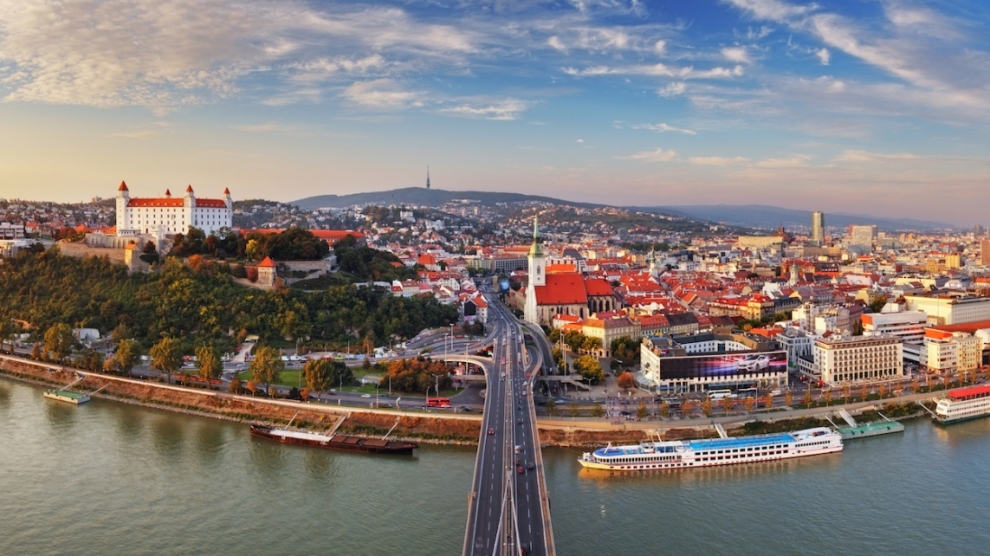Central and Eastern European EU members face a possible reduction in investment over 2021-27, claims a new report from the ratings agency Scope, which adds that improving effectiveness in deploying EU funds and enhancing long-term growth now become more important for their economic convergence and credit outlooks.
More than half of the EU’s budget for 2014-20, worth 461 billion euros, is channelled through the European structural and investment funds to foster economic sustainability, job creation and innovation in the EU. CEE countries jointly account for nearly half of this amount. Assessed as a percentage of 2018 GDP, the financial allocations for the 2014-20 period range from up to 8.6 per cent for Slovenia to 20.8 per cent for Croatia.
“The European Commission’s proposal for the new 2021-27 budget has two major repercussions for the CEE region,” says Levon Kameryan, analyst at Scope Ratings. “First, the commission has proposed new criteria to be included in the funding rules for 2021-27, based on metrics including youth employment, integration of migrants, climate change, and education. Secondly, the commission’s proposal assumes the complete loss of EU budget contributions from the UK, whose contribution to the 2014-20 budget is projected to be around 12 per cent of the total, according to official estimates. Compared to the 2014-20 period, these combined changes would imply a reduction of around 35.5 billion euros in funding for the CEE region, but an increase in funding for the southern periphery – Greece, Italy, Spain, Cyprus – by 5.3 billion euros.”
Scope expects the EC’s proposals to be amended by the European Council as well as the European Parliament in coming negotiations. The size and allocation of the budget and the resulting implications for CEE countries are thus likely to still change meaningfully.
“The general allocation of European Structural Initiative funds is obviously important, but so too is the national spending strategy and the ability of governments to deploy the funds fully and efficiently,” added Mr Kameryan.
“The experience over the 2014-20 EU financing period shows a wide disparity of results across the CEE region, with Estonia, Latvia and Lithuania the most successful in putting EU-funded programmes into place,” said Mr Kameryan. After the Baltic states come Poland, Hungary, Slovenia, Bulgaria, Czech Republic, Romania, Slovakia and Croatia.
“Boosting R&D investment levels, which are low and lagging materially behind that in western European countries, as well as expenditure on education, partly through the higher take-up of EU funds, will be an important step towards increasing long-term returns from future EU-backed projects in CEE,” he added.


Add Comment